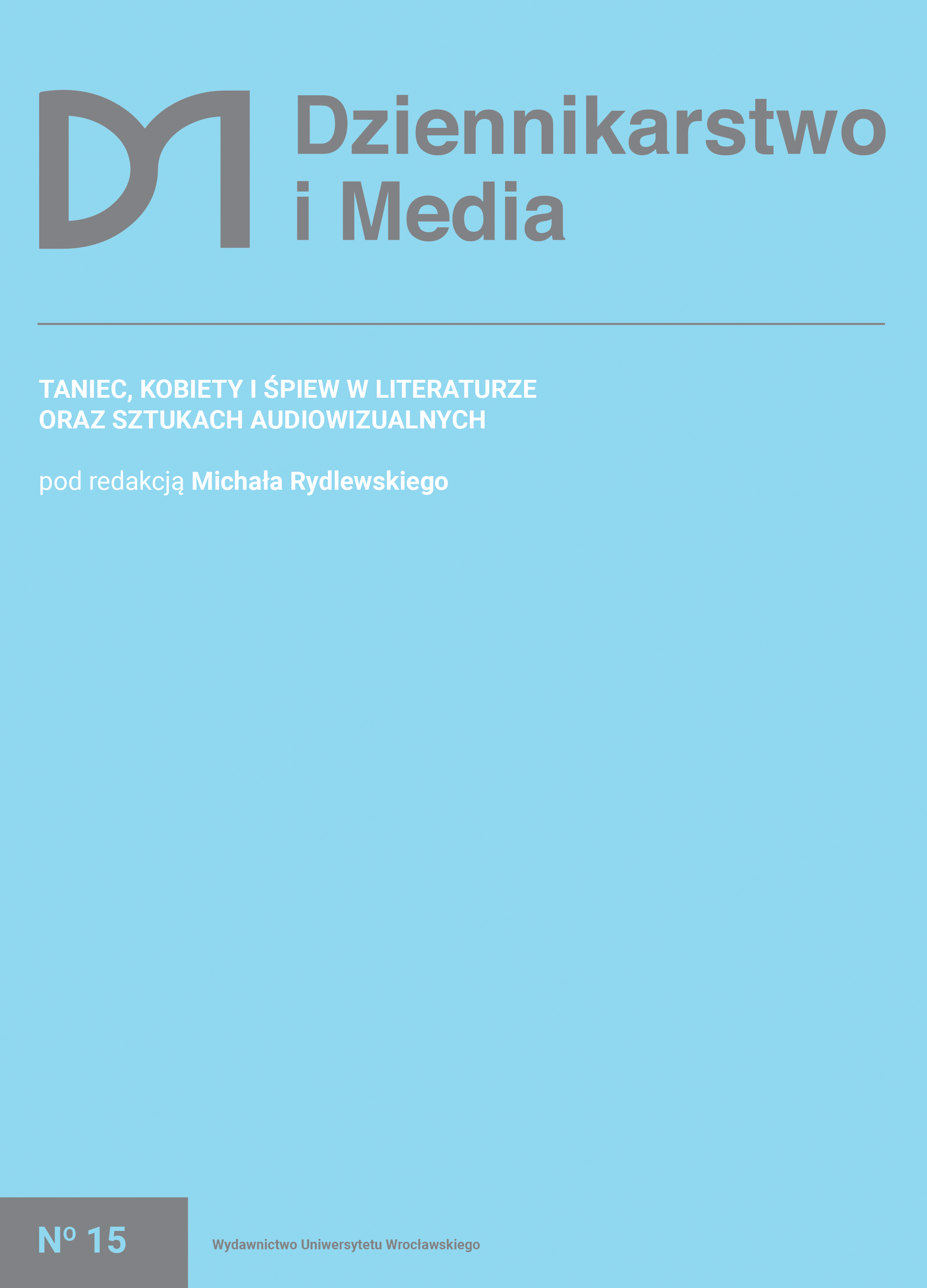

Artykuły

Dance is a human cultural activity aimed at non-verbal emotional communication, mentioned for the first time in the circle of European culture by Homer in the Iliad (8th/7th century BC). In Indian culture — the most extensive one of four contemporary civilizations of antiquity (next to Egyptian, Mesopotamian, and Chinese), whose cradle is the Indus Valley Civilization — the first material evidence of the presence of dance is dated between 2300–1750 BC. It is a bronze statuette of a dancing girl, making us aware of the fact that this type of activity has accompanied people since the dawn of time, regardless of their origin and cultural affiliation. India and its oldest religion, Hinduism, have made this art highly prized because of its original, pure spiritual character.
The first treatise entirely devoted to dance, entitled Natyashastra (Treatise on Performing Arts), was written according to tradition between the 2nd century BC and the 2nd century AD, although many premises indicate that its beginnings date back to the 5th century BC, and the final version — to around 5th century AD. Its author was Bharata Muni, an ancient sage, theatrologist and musicologist who allegedly received knowledge of arts from the god Brahma himself to create a symbolic representation of the world which, by showing good and evil, would persuade both the viewers and the performers to act ethically. From Natyashastra it appears that dance was created by the gods for their worship. In its most original form, dance grew out of the sacrificial ritual, hence the knowledge of it was secret, highly codified and communicated in strict confidentiality. The patron of the dance and its divine performer par excellence is the god Shiva in the aspect of Nataraja (Lord of the Dance), who in one image combines god as the creator, protector and destroyer of the universe, while simultaneously containing the Indian concept of an endless time cycle. Accurate recreation of the mythical dance initiated by Shiva guarantees that the faithful achieve salvation by overcoming sin, ignorance, and laziness represented by the demon Apasmara, on whom the god treads in a dancing trance.
For the Indian Hindu culture dance has a highly important ritualistic and mystical meaning, hence it is also present along with music and singing, which is a melodic recitation of sacred verses, in all literature, from the Vedas (sacred books of Hinduism), through encyclopedic Puranas, to epics such as Mahabharata and Ramayana. Dance is indispensable to the theater as well as visual and audiovisual arts, brings relief to those in mourning and sorrow, leads to liberation from samsara (the wheel of incarnations), and is a reflection of divinity in its purest, most dynamic manifestation: movement. Thanks to dance being a rejection of oneself, entering a mystical trance, one can connect with the Absolute here on Earth and experience divinity.